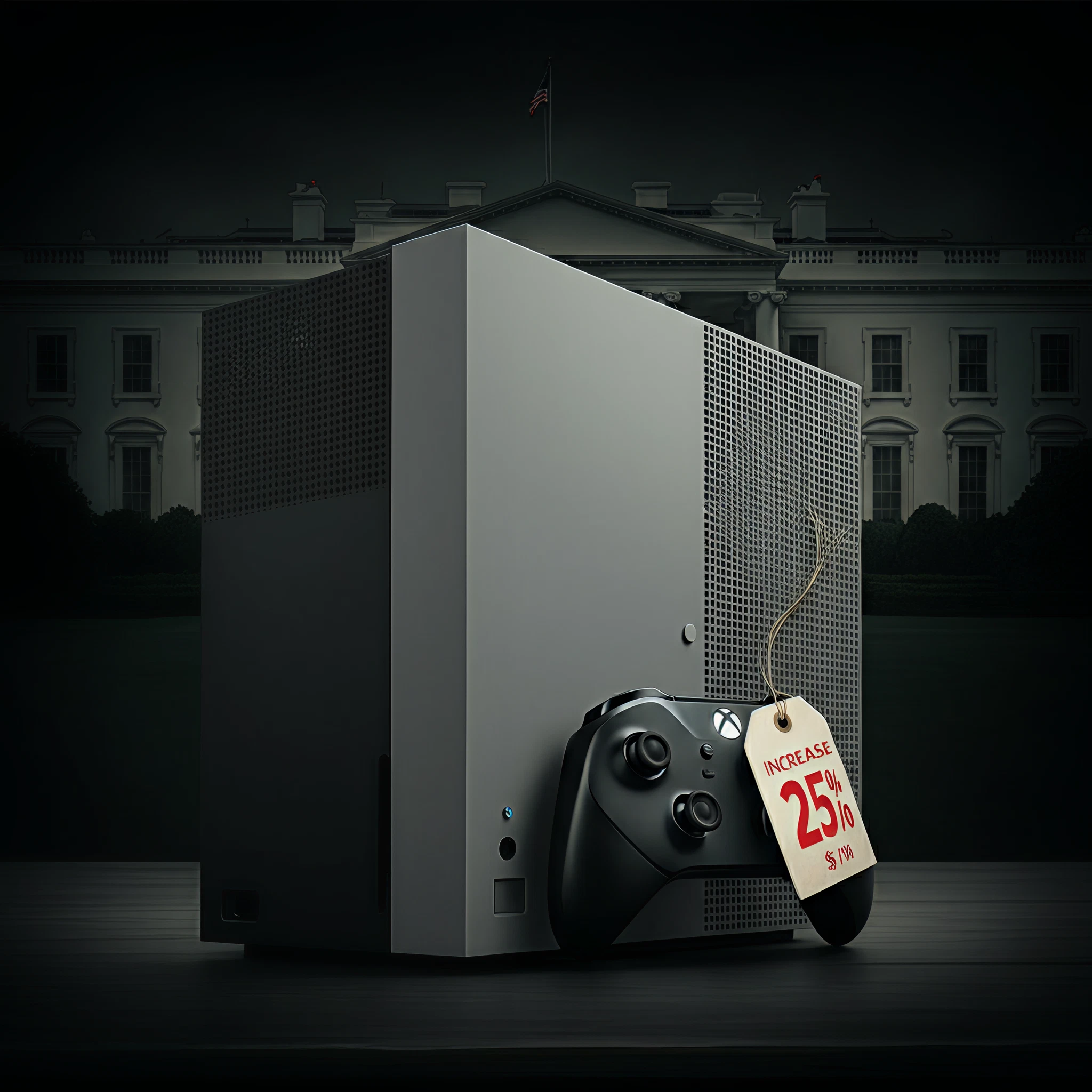Microsoft’s Xbox has recently announced a significant price hike for its consoles and accessories, reflecting the impact of tariffs imposed under policies from former President Donald Trump. The price increases, which exceed 25% for some models, are stirring up conversations among gamers, tech enthusiasts, and industry analysts.
The Price Hike Breakdown
Starting May 2025, the Xbox Series X now costs $599.99 in the U.S., an increase of $100 from its previous price of $499.99. Meanwhile, the more budget-friendly Xbox Series S has jumped from $299.99 to $379. The price adjustments extend to accessories as well, while certain items such as the adaptive controller remain unaffected.
Additionally, starting this holiday season, Xbox will raise the price of some of its new first-party games. These titles will increase from the standard $69.99 to $79.99, a move justified as reflecting rising costs in game development.
Xbox parent company, Microsoft, attributes these price hikes to changing market conditions, higher production costs, and the lingering economic impact of tariffs.
Understanding the Trump Tariffs’ Impact
The tariffs, initially enforced during Trump’s administration, impose taxes on imported goods from certain regions and countries, significantly increasing costs for companies operating on a global supply chain. With tariffs affecting components and materials needed to manufacture gaming consoles, the additional expense leaves companies like Microsoft with little choice but to raise prices.
The gaming sector, which has largely remained competitive in pricing to appeal to a mass audience, now faces greater challenges. Coupled with rising development costs, Xbox’s decision highlights how broader geopolitical and economic policies can directly impact end consumers.
Consequences for Consumers
For Xbox fans, the new pricing is undoubtedly disappointing. The price hikes not only make it more expensive to enter the Xbox ecosystem but also increase ongoing costs, especially with the uptick in game prices. Gamers may now reconsider upcoming purchases, holding off on upgrades or exploring less costly alternatives.
This can particularly affect middle-income gamers, who, budget-conscious by necessity, may find the increased costs challenging to justify.
The Competitive Landscape
Xbox’s rivals, Sony PlayStation and Nintendo Switch, are also navigating the implications of tariffs and rising global manufacturing expenses. However, their responses differ:
- Sony PlayStation has increased the price of its PS5 consoles in regions like Europe, Australia, and New Zealand, but notably kept the U.S. prices unchanged.
- Nintendo Switch, while holding steady on the U.S. price for its upcoming Switch 2, has raised pricing for certain accessories.
Xbox’s price hike in the significant U.S. market could put it at a disadvantage in the competitive space, especially when its direct competitors are not following a similar trajectory domestically. Gamers now have more reasons to consider switching to alternatives like PlayStation or Nintendo.
Solutions Microsoft Could Explore
While Xbox has justified its new pricing structure, it could pursue alternative solutions to mitigate the impact. Such strategies might include:
- Subscription Model Expansion
Microsoft could emphasize Xbox Game Pass subscriptions to retain gamers who might otherwise be hesitant to spend on new consoles or games. The growing popularity of subscription-based services offers a way to balance high upfront costs.
- Enhanced Value Offers
Bundling consoles with free subscriptions, additional accessories, or exclusive in-game content could sweeten the deal for prospective buyers.
- Localized Pricing
Tailored pricing models based on regional economic conditions could help accommodate gamers in regions most impacted by these hikes.
- Consumer Communication
Transparency and maintaining dialogue with the gaming community can ease frustrations about the price adjustment and foster goodwill among loyal fans.
What This Means for Gamers and the Industry
Xbox’s current strategy reflects broader shifts in the gaming and consumer electronics industries. Rising production costs, coupled with global economic uncertainties, continue to influence pricing decisions. The challenge for Xbox now lies in balancing profitability and accessibility while maintaining its competitive edge.
For consumers, this is a ripe moment to evaluate their options. Competitors like PlayStation and Nintendo may seize this opportunity to woo disaffected Xbox players with promotions and steady pricing.
An Industry Turning Point?
Xbox’s price hikes amid Trump tariffs spotlight the intersection of politics, economics, and gaming. With rising costs and intensifying competition, the industry faces mounting pressures that could redefine how gaming companies operate.
Will Xbox’s significant price adjustment spark longer-term changes in the gaming market, or will it adapt and evolve to maintain its fanbase? Only time will tell. For now, gamers are left considering whether the substantial price increase is worth the premium for their favorite consoles and games.
Call to Action
If you’re an Xbox owner or a curious gamer, what are your thoughts on this price hike? How should Xbox move forward in this competitive landscape? Comment below and join the conversation!








